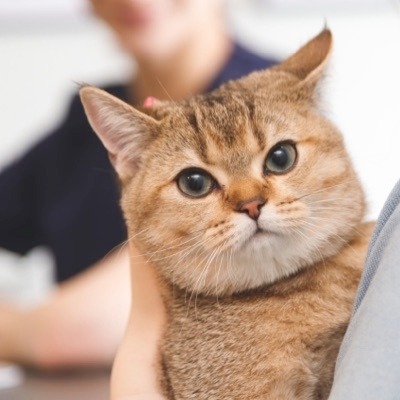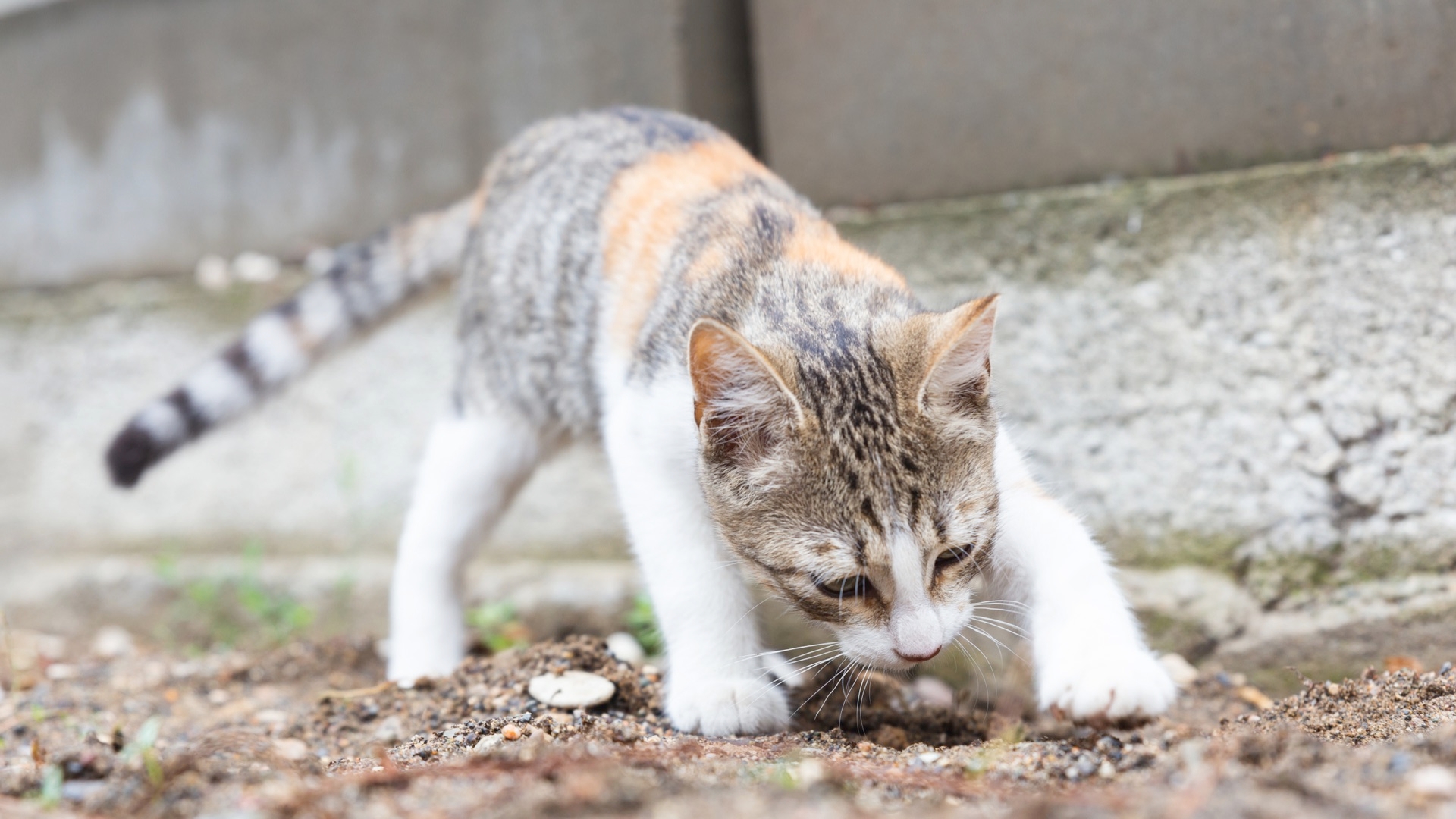Reducing Urine-Marking Behavior In Cats:
Summary:
It's important to first distinguish the difference between urine-marking behavior and house soiling because the solutions differ for these two behaviors. Cats generally mark with urine on vertical surfaces.


It's important to first distinguish the difference between urine-marking behavior and house soiling because the solutions differ for these two behaviors.
Marking
Cats generally mark with urine on vertical surfaces; cats rarely mark with feces but it does happen. Cats are territorial and marking is a normal way to communicate that this is their territory. They may mark on something new brought into the home, an object that smells like the owner or the inside of a door or window in your home if they have detected cats outside. If the issue is marking, you will find that your cat is continuing to use the litter box for toileting. The longer the marking has been going on the harder it is to tackle, so don't delay. If you have multiple intact cats living together, it's time to schedule spay/neuter surgeries for them. Intact males and females are more likely to urine mark than those who have been spayed/neutered. However, some spayed/neutered cats can also mark. Spaying or neutering alone can sometimes resolve a marking problem unless it has become an established habit. To get to the root cause, keep a daily journal to make notes about when the behavior started, what else was happening in your home, where your cat is marking, when your cat usually marks, and the progress you're making. It's easy for details and days to blur together when you're focusing so closely on a behavior plus trying to live your life, so keep using the journal to find any patterns that exist to help solve the issue.
Causes for marking
- Disruption or any changes in your cat's routine. Cats generally do not like changes.
- Anything that increases anxiety in a cat who may be anxious to begin with, such as a new animal in the home.
- Upset by outdoor cats or conflicts with other pets in the home.
- New objects in your home that smell unfamiliar.
Solutions
- Block visual access to windows where your cat can see outdoor cats.
- Call us so we can help you resolve any inner-pet conflicts in your home that may be driving this behavior.
- Keep your cat indoors.
- Thoroughly clean any marked areas with an enzymatic cleaner.
- Feed, play, brush and interact with your cat in ways she enjoys in the areas where she was marking.
- Move any objects that are likely marking targets out of the cat's reach.
- Increase the time you spend with your cat.
- Create positive associations between a new roommate, a visiting friend, or your new baby and your cat. Anything that your cat loves to do or eat appears only when the new person is right there by the cat. If your cat is too nervous to get close, provide some distance and toss a treat or use a wand toy instead of a toy that requires closer proximity.
- Interrupt your cat's sniffing behavior around areas where he has marked previously by clapping your hands or squirting him with water. It's better if he doesn't know these things are coming from you as we want him to avoid the area when you are not there. You could also lay down carpet strip with the pointy sides up in the target area.
- Never punish your cat after the fact. It will confuse him, be ineffective and could damage your relationship with him.


